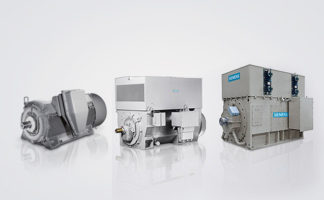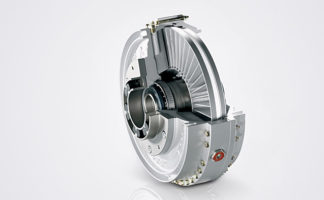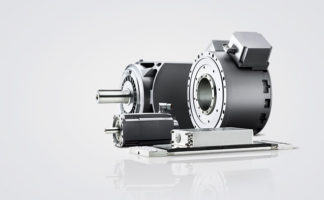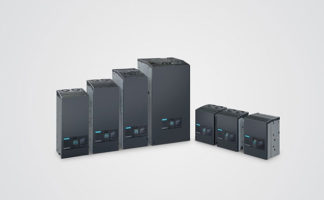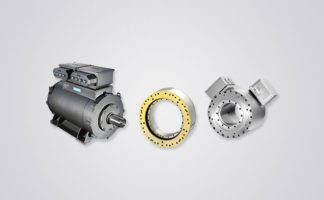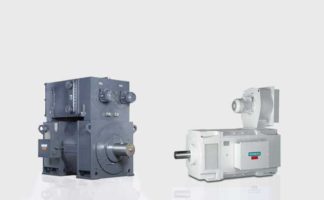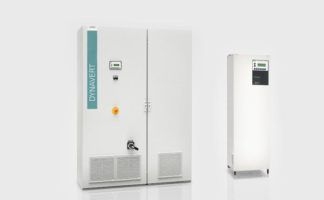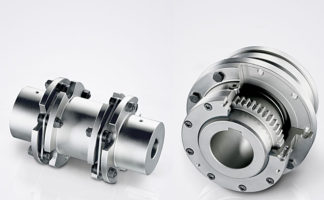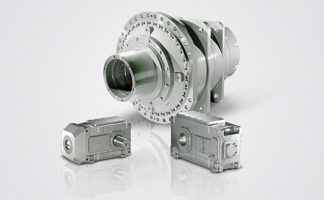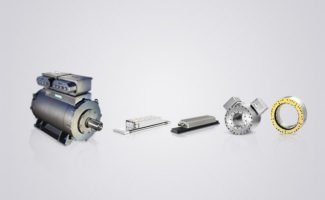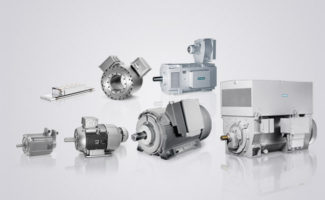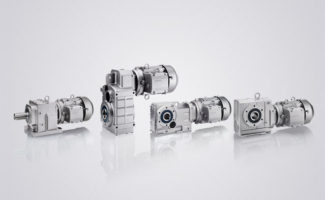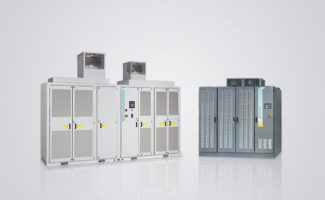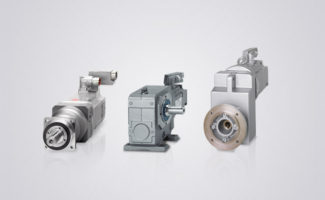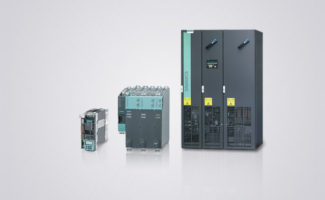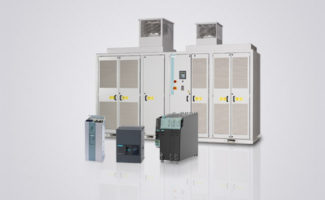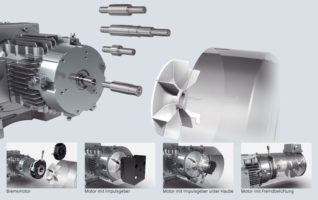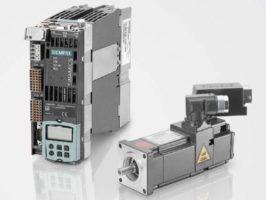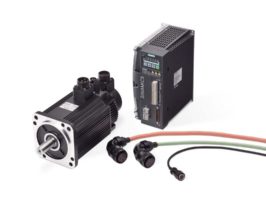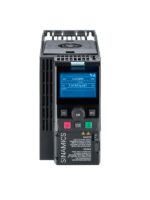
7/75
Siemens IK PI · 2015
Industrial Remote Communication
TeleControl Professional
Stations for ST7 protocol
TIM 4R-IE for WAN and Ethernet
7
■
Function
The TIM 4R-IE can be used as a standalone device, i.e. it is fully
functional even without S7-300-CPU. In this stand-alone mode,
the TIM is especially suitable as a SINAUT communications
processor for the control desk PC (e.g. SINAUT ST7cc or ST7sc)
or for a SIMATIC S7-400. The TIM is connected to the PC or
S7-400 via one of its two Ethernet interfaces. If the control desk
is redundantly designed or if an S7-400 is additionally available
there as a higher-level controller, then the TIM performs the
SINAUT communication with the stations for all these devices
connected to the local Ethernet.
The TIM 4R-IE can also be built into a SIMATIC S7-300 as a CP,
e.g. if these devices require redundant transmission paths there
or function as node stations at which more than two networks
must be merged.
All the devices mentioned can exchange data with other
SINAUT ST7 or ST1 partners with the aid of the TIM 4R-IE and
specifically via as many as four SINAUT networks that can also
be operated in any redundant combination.
The important SINAUT property - saving data complete with a
time stamp on the TIM in the event of an interrupted link or failure
of the partner - is then available not only for conventional WANs,
but also for IP-based networks. Important events, alarms, etc.
are not lost and the integrity of information in control center
system archives is assured. Additional security is offered by the
optional backup battery of the TIM 4R-IE which prevents the loss
of saved data message frames if the 24 V supply fails.
For setting up more complex control centers or node stations,
several TIM 4R-IE modules can be used. Combinations with
TIM 3V-IE Advanced and TIM 3 and other TIM 4 versions are
also possible.
As a communication module for the control desk PC, the TIM
reduces the number of S7 connections that the PC would other-
wise have to maintain when directly linked to the stations via an
IP-based network, to just one (1) connection. In addition, the TIM
then separates the local Ethernet from the IP-based network to
the stations. Only SINAUT and PG communication with the
stations is allowed through. This prevents unnecessary traffic in
the WAN which is often not broadband.
A TIM 4R-IE that is used at a redundant control desk reduces the
data volume in a WAN and thus it reduces the costs for networks
with volume tariffs, e.g. GPRS. If stations were connected di-
rectly to the redundant control desk (without central TIM 4R-IE),
they would send each frame twice in order to send data to both
control desk PCs. In the case of a control center TIM 4R-IE, the
stations only send their message frames once. The doubling of
the message frames for supplying both PCs is then performed
by the control center TIM 4R-IE.
For data transmission via conventional WANs, the TIM 4R-IE
has other, special properties that predetermine its use as a
"control center" TIM.
SINAUT ST7 and thus also the TIM 4R-IE are designed for data
transmission via the widest range of WANs or combinations of
WANs. Mixed networks comprising classical SINAUT WAN net-
works (dedicated line, wireless, dial-up network) and IP-based
networks (fiber optic, DSL, GPRS, Internet etc.) can be config-
ured uniformly using SINAUT, which saves both time and money.
For communication via the Internet, the integrated MSC-VPN
tunnel protocol for direct access to DSL routers can be used.
The TIM
4R-IE can operate here as an MSC server or MSC client.
For communication via GPRS, either the router SCALANCE
M874-2 can be connected to the Industrial Ethernet interface
(VPN IPsec) or the GSM/GPRS modem MD720-3 (MSC-VPN) to
the RS232 interface.
•
The TIM4R-IE has four interfaces for simple and redundant
transmission paths:
- Two combined RS232/RS485 interfaces for connection to
无线或标准广域网专线等dial-up
network
- Two RJ45 interfaces for connection to IP-based networks
(WAN or LAN) such as fiber-optics, DSL, GPRS, etc.
•
Compact, double-width module that can be used in a wide
variety of situations:
——蒂姆处理SINAUT沟通or
more S7-400 controllers or control desk PCs (SINAUT ST7cc
or ST7sc) as a stand-alone device (stand-alone without
S7-300 CPU); the connection in this case is via Ethernet
interfaces of the TIM
- As a communications processor (CP) in an S7-300
•
The two RJ45 interfaces can be configured either as an
MSC-VPN server in the central office or as MSC-VPN client in
a station. At the RS232 interface, an MD720-3 can be
operated in GPRS mode as MSC-VPN client.
•
The four transmission paths can all be different and operated
independently of one another, but also in any redundant
combination.
•
Flexible creation of redundant transmission paths via two
conventional WANs, via two IP-based networks or a combi-
nation of WAN + IP-based network.
•
When installed as a CP in an S7-300, the following communi-
cation is also possible via the backplane bus:
- With the CPU
- Via the MPI of this CPU with other CPUs and control desk
PCs (ST7cc, ST7sc) connected over the MPI bus.
- With other TIMs in this rack
•
Message frame memory for up to 56 000 data message
frames
•
Optional backup battery for backup of the stored data
message frames and the hardware clock if the power fails
•
Up to 62 S7 connections or 128 MSC-VPN tunnel connections
(as control center) via IP-based networks and MPI
(for S7-300-CPU)
•
The SINAUT TD7 software for the CPU (TD7onCPU) is
integrated in the TIM (TD7onTIM); implemented with instal-
lation as CP in a S7-300
•
Module replacement possible without PG
- In stand-alone mode using the optional C-PLUG
- When installed as a CP in an S7-300 over the memory card
of the CPU
•
PG communication is possible parallel to data communication
at any time
•
Several TIM 4R-IE can be used per S7-300, also together with
one or more TIM 3V-IE Advanced
•
Up to 128 S7 connections via IP-based networks
(in MSC tunnel mode)
© Siemens AG 2014




